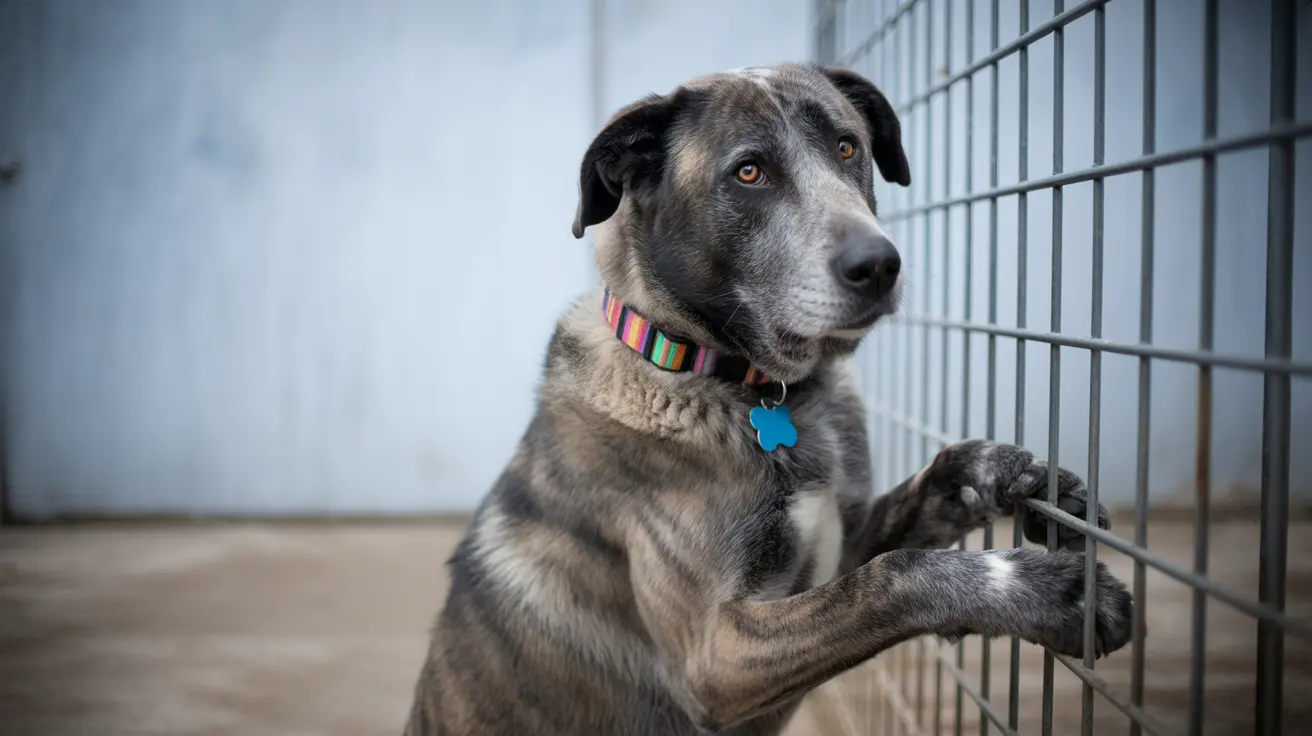Why Dogs Sleep Between Your Legs: Understanding the Behavior
Many pet owners find their dog nestled between their legs at bedtime or during naptime. While it might seem quirky or cute, this behavior is rooted in instinctual, emotional, and physiological factors that make our furry companions seek out such close proximity. Let’s explore the most common reasons.
1. Seeking Warmth and Comfort
Dogs naturally seek warm spaces for rest, especially during colder months or in cooler environments. Your body heat provides them a cozy source of warmth. Nestling between your legs mimics snuggling in a protective bundle, just like they did with their littermates and mother as puppies.
2. Instinctual Pack Behavior
In the wild, dogs sleep close together in packs to maintain warmth and feel secure. Sleeping between your legs fulfills this instinct by maintaining physical closeness with their 'human pack.' Some dogs feel safest surrounded on both sides, with their back covered and alert to their surroundings.
3. Security and Trust
When a dog chooses to sleep between your legs, it’s a sign that they trust you completely. This position makes them vulnerable, so choosing to rest in such a tight space means they feel safe, secure, and bonded with you.
4. Scent and Familiarity
Dogs have a highly refined sense of smell and are comforted by your scent. Being close, especially between your legs, places them directly near your body's scent glands. This sense of familiar smell may help them feel calm and emotionally grounded.
5. Anxiety and Comfort-Seeking
Some dogs sleep between their owner's legs as a coping mechanism for anxiety or fear. Whether due to loud noises, new environments, or separation anxiety, your presence alone can soothe them. The pressure of being between your legs can offer a physically comforting feeling, similar to how weighted blankets help anxious humans.
6. Affection and Bonding
Sleeping close is often a demonstration of affection. Your dog may want to be as near to you as possible because they love and value your companionship. Your presence not only soothes them but deepens the emotional connection over time.
7. Routine or Habit
If your dog has been sleeping between your legs since puppyhood, it could simply be out of habit. Dogs are creatures of routine and often repeat comforting behaviors. A nightly cuddle between your legs may have evolved into a long-standing bedtime ritual.
8. Health Considerations
Although usually harmless, sudden changes in sleeping behavior can indicate discomfort or underlying issues. If a normally independent dog suddenly starts sleeping between your legs more frequently, consider whether they may be experiencing stress, fear, or pain that prompts them to seek closeness.
9. Attention-Seeking Behavior
If you react positively—laughing, petting, or engaging with your dog when they snuggle between your legs—they may repeat the behavior to receive more attention. Dogs quickly learn what actions result in affection or rewards from their owners.
10. Tips for Managing the Habit
While some owners enjoy this closeness, others may find it uncomfortable. If you prefer to discourage the behavior, here are a few strategies:
- Provide a cozy bed near your own, so your dog still feels close.
- Introduce calming routines such as chew toys or soft blankets.
- Reward alternative resting places to shift the habit.
- Be consistent with boundaries if you wish to change behavior.
When to Consult a Veterinarian
Any sudden changes in behavior should be monitored. If your dog seems unusually clingy, anxious, or tries to crawl between your legs more often than usual, it may be worthwhile to consult with a vet or canine behaviorist. Conditions like joint pain, anxiety disorders, or underlying illnesses could be influencing their need for physical closeness.
Final Thoughts
Each dog is unique, and their reasons for sleeping between your legs can vary based on personality, history, and context. Whether it’s for warmth, love, or security, this behavior is generally harmless—and often a sign of a deep bond between you and your furry friend.





